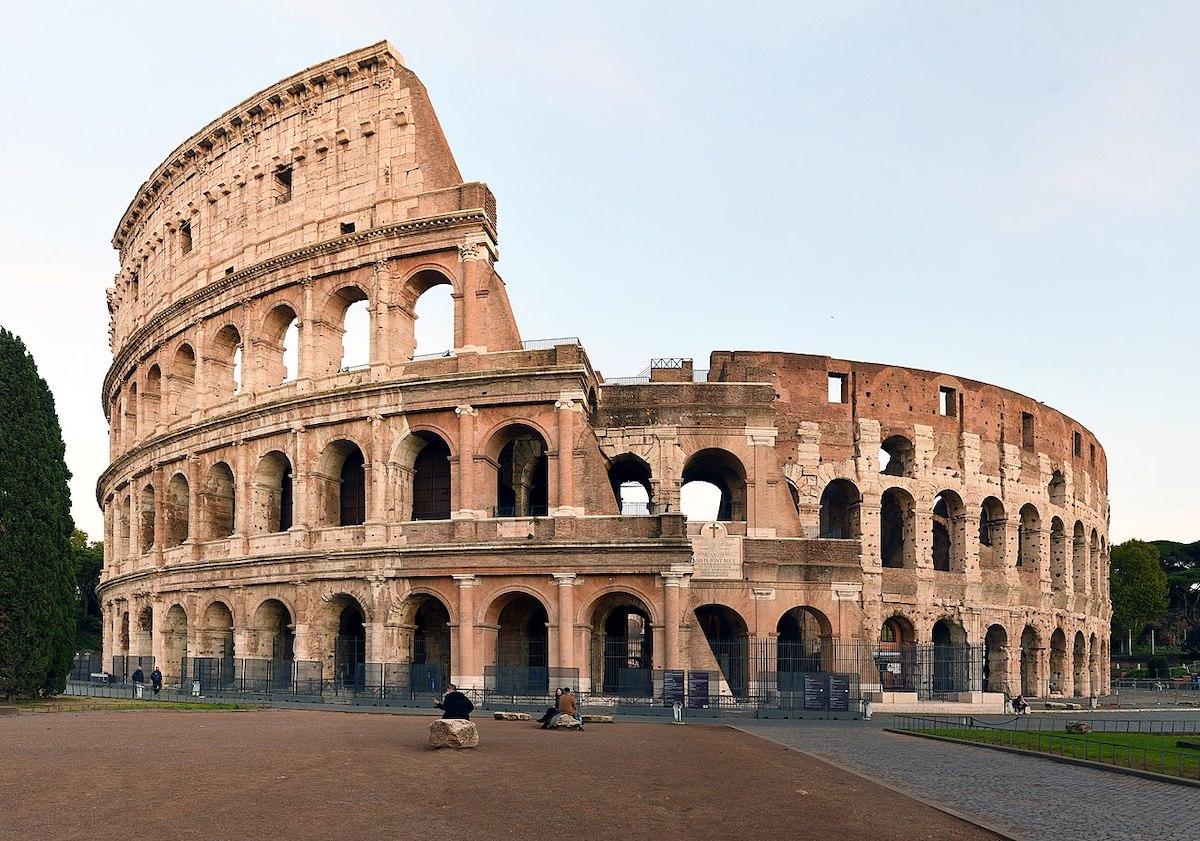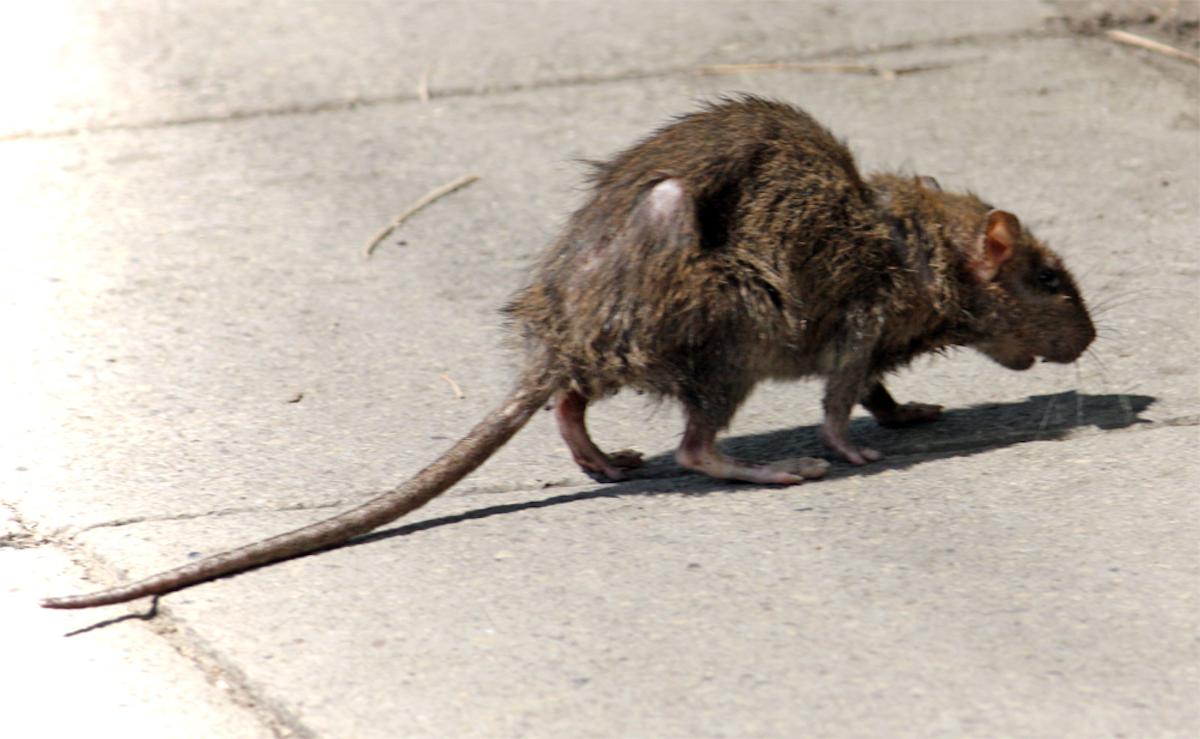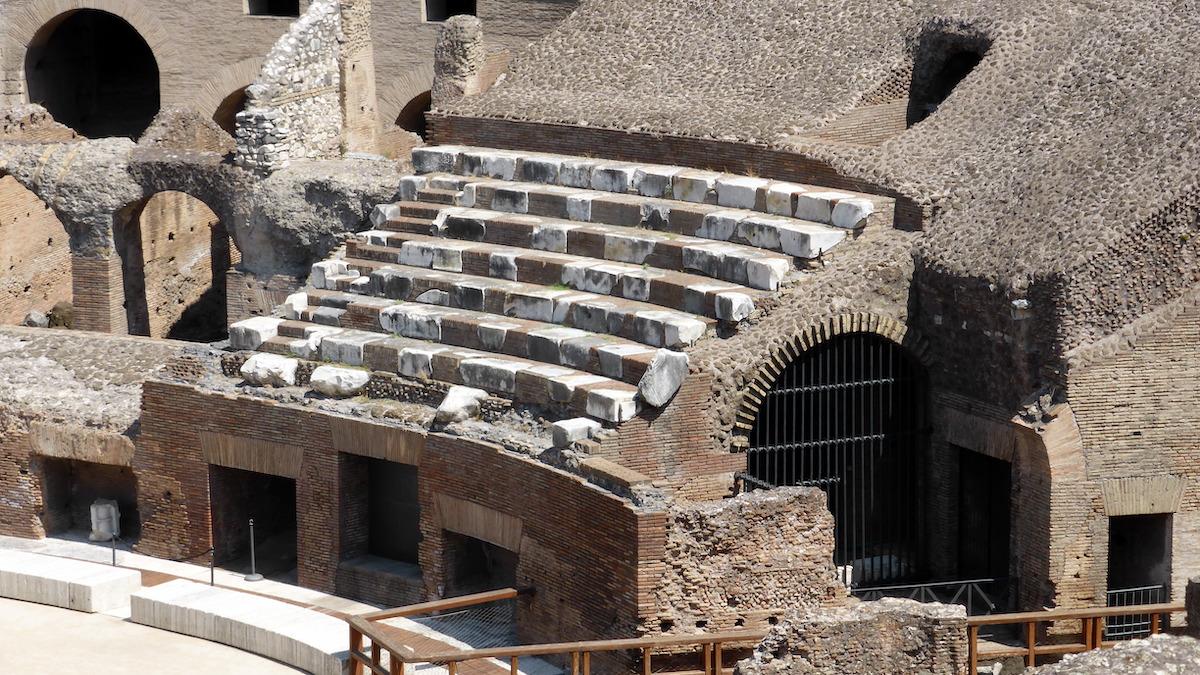The report of rodents was brought on by a startling amount of photos and videos of the rats posted on social media. The city’s head of trash collection, Sabrina Alfonsi, is ready to solve the problem: she told Adnkronos news agency that they have already launched a “special intervention” last week and it will move into this week to eradicate the issue. The city government said in a statement that they will work on cleaning up the green areas surrounding the Colosseum as well as the drains where the rats live. They will also set up traps.
The report also revealed an astounding amount of rats in the city: roughly seven million. This equates to about 2.5 rats for every inhabitant in Rome.
The rat infestation was a brewing storm for months: the surge in tourists this summer mixed with a heatwave made trash pile-up around the historic site in record amounts. With no extra waste management hired, the rubbish quite literally became a perfect breeding ground for rodents.































